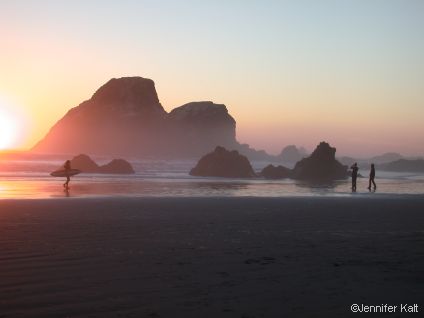The Hum
The County Health Department recommends that beachgoers avoid contact with ocean and creek water until at least 3 days after a heavy rainfall.
Results from weekly sampling at Moonstone Beach, Clam Beach, Trinidad State Beach, Luffenholtz Creek, and Mad River Estuary are posted on the County’s website.
Waterkeeper Swim Guide Now Available for California Beaches!
Waterkeeper Swim Guide is an app that helps you find the best beaches to enjoy with your friends and family. We deliver the latest beach water quality information right to your smartphone.
The Swim Guide utilizes water quality monitoring data from government authorities tested at over 400 beaches in California and shows you the current status of the most popular beaches so you can determine if the water is safe for swimming.


